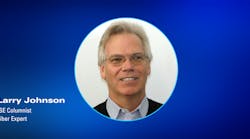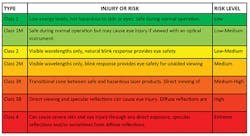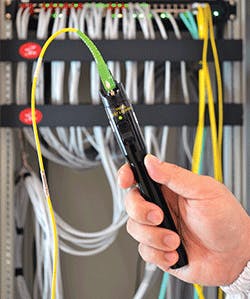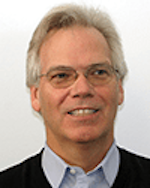Safety should always be a major element of any organization’s culture. In this month’s column, I’ll address laser safety applicable to fiber optic communication systems (FOCS) while specifically addressing the "American National Standard for the Safe use of Optical Fiber Communication Systems Utilizing Laser Diode and LED Sources" (ANSI Z136.2).
Virtually all FOC systems, OTDRs, and light sources, use laser diodes applicable to this standard which divides laser devices into 4 classes and several sub-classes, depending upon the combination of wavelength, intensity, beam divergence, and exposure time. System, component and test equipment manufacturers must follow this standard with all lasers identified with the appropriate classification and optical power level for users to see.
Most fiber optic transmission systems are considered a Class 1 laser product because under normal conditions the laser emissions are completely enclosed and there are low power levels being transmitted. It isn’t until a fiber is broken or a connector is disconnected that a person may be exposed to laser radiation which may be potentially hazardous. Hazard levels are assigned values from 1 to 4, based on the customary laser accessible emission limits (AEL). (See Figure 1.)
Figure 1. Lasers are categorized into 4 classes based on their optical power levels.
With the exception of optical amplifiers and the visible lasers, lasers used in FOC systems and test equipment are low power level Class 1 or 1M types using Fabry-Perot (F-P) or distributed feedback (DFB) types operating at 1310, 1490, 1550, and 1625 nanometers. These lasers produce large-diameter beams, or beams that are divergent, such as the beam emitted from the end of an optical fiber.
Class 2 lasers emit in the visible part of the spectrum between 400 and 700 nanometers where eye protection is generally provided by a person’s natural aversion response to bright lights. Optical power levels can be up to 1 milliwatt while the Class 2M can have levels up to 5 milliwatts. Most fiber fault locators emitting red light are of these types. (See Figure 2.)
Figure 2. Class 2 visible lasers are used for short distance fiber tracing and troubleshooting applications. (Courtesy VeEX Inc.)
Class 3B and 3R lasers are the next category with higher power levels. While the "B" has no special meaning, the "R" stands for Reduced (product safety) Requirements. Class 3R lasers represent a transitional zone between safe and hazardous laser products. In fiber optics many optical amplifiers are Class 3 lasers.
Class 4 covers high power lasers ranging from 500 milliwatts and above. These lasers are a hazard to eyes or skin from the direct beam, specular reflections, and, in some cases, even diffuse reflections.
When operating lasers of Classes 3B and 4 in a manner that may result in eye exposure in excess of the maximum permissible exposure limit, protective eyewear is required in the workplace by the U.S. Occupational Safety and Health Administration. EDFA and Raman optical amplifiers may be class 3 or 4 types when used individually or when used together for long haul FOC systems.
All those working with lasers should be educated on basic laser safety and how to read and apply the information provided on the warning labels. In my column "I Get No Respect" in the May 2018 issue of ISE magazine, I addressed how to correctly measure optical power to assure safe optical power levels. (See https://isemag.com/2018/05/fiber-optic-testing-with-otdrs/)
Excerpts of this article are from the "Fiber Optics in Telecommunication" chapter in the recently published book Understanding Laser Accidents by Larry Johnson and published by CRC Press.







